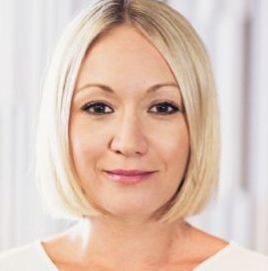Could regional audiences be the missing target market in the era of media convergence?
In this guest post, Kate Edwards asks whether the current arguments around media fragmentation and ownership are an opportunity to create regional-only unique content.
To say today’s media landscape is a challenging environment is possibly the understatement of this generation of marketing and advertising professionals. It’s not since the launch of colour TV in 1956 that industry has been on such a high speed high risk and high reward ride.
Share prices are falling, boards seats are changing, sales teams are merging and above all digital is rising. Like a scene out Jaws the digital innovation and streaming revolution is democratising content distribution, which is breaking down long-held revenue silos. Netflix is cool, stealing content isn’t. Making content is again considered craft and brands now have the right to their own distribution via social media, and the world seems to have gone just a little potty!



I don’t get the basis of the story or what she is saying.
Companies like hers are already “making regional only programming” and companies like hers are already “making bespoke regional content” – so whats new ?
Hyper-local content has been around in regional Australia for years.
In this sense the ABC is ahead of the curve with ABC Open sending regional specific content from users to online to their tv channels. The only difference will be that in a commercial setting you can add a price at each step.
1. TV launched in 1956.
2. Colour TV launched in 1975
3. Living in a regional area, our landline is crap and necessary because our mobile coverage is even worse. We get our TV via satellite dish so thank goodness for Foxtel and retransmission. Since Malcolm got his way, the NBN (Never Bloody Neverland) is a pipe dream but ADSL2 allows us to have OK internet access but you are dreaming if you think we’d get live streaming.
Apart from that can’t fault the opinion piece.